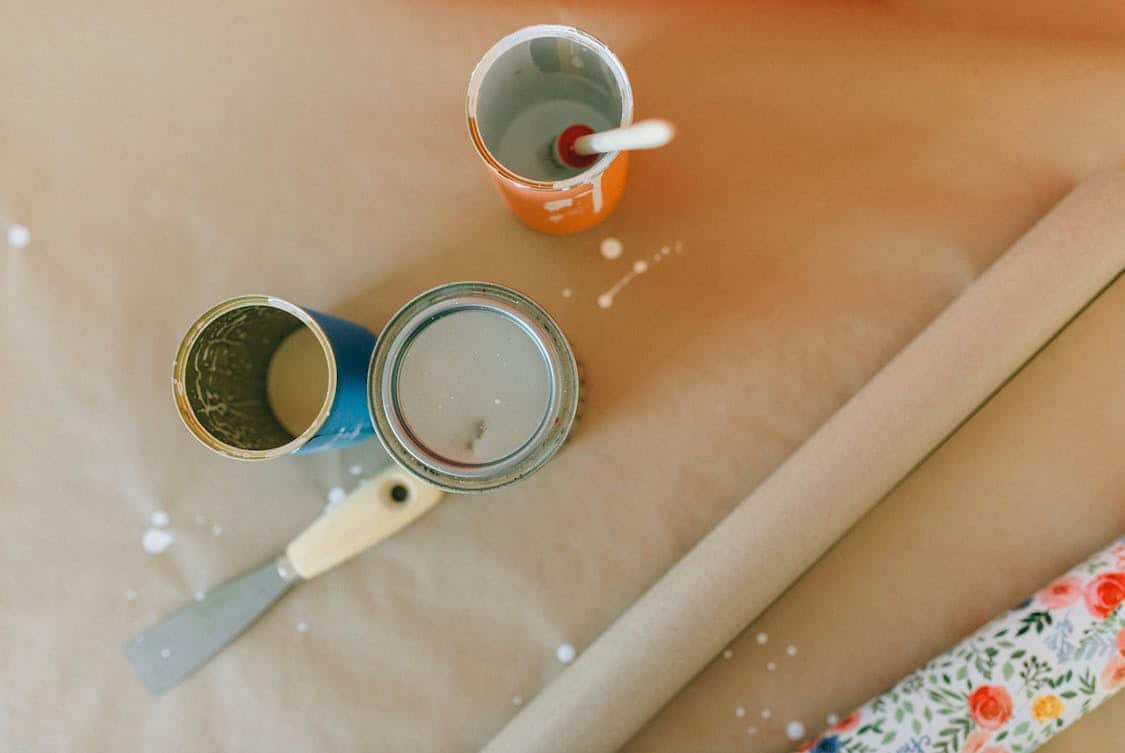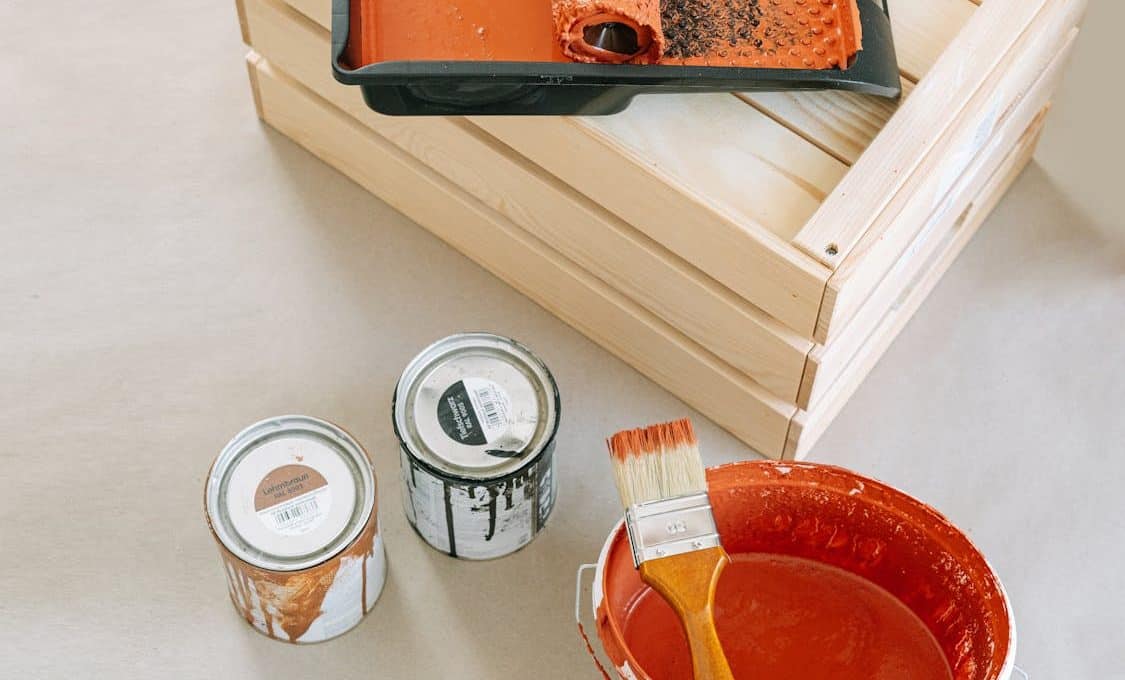Epoxy is one of the strongest flooring materials, and it can withstand a lot of foot traffic and machinery. It also adds a lot of aesthetic appeal to a home and can attract potential buyers.
It is important to prepare the floor properly before applying epoxy coatings. Proper surface preparation includes repairing cracks, etching the surface, and priming.
1. They Use the Right Products
Epoxy is one of the most durable flooring options available, and if installed correctly by expert floor contractors it can remain pristine for years to come. However, like any flooring product, it requires regular upkeep to keep it looking its best. This includes daily cleaning, sweeping and vacuuming, the use of proper cleaning products and removing spills promptly to avoid staining. It also means using protective covers under heavy equipment or rugs in high-traffic areas to prevent scratching or scuffing of the surface.
Correct substrate preparation is also essential to ensure the epoxy coating adheres properly and lasts its full lifespan. This includes thorough cleaning of the concrete and filling in any existing cracks to ensure a smooth, uniform surface that will be durable against the pressures exerted on it by vehicles and machinery. It is also a good idea to lay a primer coat, to reduce the amount of epoxy that is applied and further protect the surface from damage.
There are a variety of epoxy variants that can be used to create unique visual effects, and the type of finish you choose will have a direct impact on how long your floors last. For example, metallic epoxy offers a stunning lustrous effect that resembles chrome but resists corrosion better. Tiny aluminum flakes blend into the epoxy to provide a show-stopping look, while also concealing oil drips, dust and tire marks.
Solid epoxy offers the strongest and longest-lasting finishes, but it is also the most expensive option. If you are working on a tight budget, consider choosing an epoxy with a lower viscosity and a slower curing time to minimize the cost.
2. They Apply the Coats Correctly
Concrete floors are known for their strength and durability, but they can also be porous and can trap moisture. This can result in damage to the floor over time, leading to cracking and fading. The good news is that epoxy flooring can be used to protect and strengthen existing concrete floors, giving them added longevity and preventing costly damage.
Epoxy floor coating is applied as a liquid, which bonding with the surface of the floor and creating a hard-wearing finish that’s resistant to spills, chemicals, oils and grease. It’s essential that the underlying concrete floor is prepared correctly before the epoxy resin coating is applied, and this is something that only an experienced professional can do.

In addition to increasing the strength of your floors, epoxy can also be customized with different colors and textures to create a visually interesting and unique look. One of the most popular options is the inclusion of flakes, which can add depth to the floor, creating an appealing effect. The flakes can also conceal any flaws in the concrete surface, meaning that your floor will have a high-quality appearance without needing any major repairs. For those looking to achieve durable and stylish flooring solutions, hiring experienced professionals ensures a flawless installation that not only enhances the aesthetic appeal but also increases the longevity of the floor.
Epoxy floors can last up to 20 years, so it’s important that you take care of them properly to ensure they remain durable for as long as possible. This includes avoiding hard impacts, using rugs and mats to prevent dirt from being tracked onto the surface, and promptly cleaning up any spills or stains. Regular inspections can also help to extend the lifespan of your floors, allowing you to spot any damage before it becomes serious. This can save you money on repairs and replacements, making your epoxy floors a great investment.
3. They Take Care of the Surface
Epoxy floors are extremely durable, which makes them an excellent choice for areas that experience a heavy volume of traffic and use. They are also resistant to the dents and scratches that can damage traditional flooring materials. This durability prevents costly repairs or replacement in the future and reduces maintenance needs.
To maintain the durability of epoxy flooring, it is important to sweep or vacuum it regularly to remove dirt and debris that could damage the surface. In addition, spills should be cleaned up immediately to avoid staining and discoloration. It is recommended to use clean water and non-abrasive cleaners to clean up spills. It is also a good idea to apply a protective wax or polish made specifically for epoxy flooring to enhance its appearance and protect the coating.
Unlike traditional concrete, epoxy is an impermeable barrier that will not absorb water, which means it can withstand spills and flooding without causing damage. This feature is especially beneficial for spaces that experience a lot of moisture or are subject to frequent flooding. It is also ideal for commercial warehouses, as it allows them to handle the movement of heavy equipment and vehicles without causing any water damage.
Epoxy floor coatings can be customized for different usage requirements by incorporating decorative elements like quartz or granite chips. Incorporating these optional features gives the flooring a unique look and increases its visual appeal. In addition, it is a good idea to use rubber-wheeled equipment and attach felt protectors to the legs of furniture to prevent scratching and indentation marks on the epoxy. It is also a good idea to conduct regular inspections of the floor and address any signs of wear, damage or deterioration promptly.
4. They Inspect the Floor Regularly
Achieving a beautiful epoxy floor that stands up to heavy traffic and chemical exposure requires consistent cleaning practices and prompt response to minor issues. During inspections, these experts look for cracks and chips that could deteriorate further and require costly repairs or replacements. They also monitor wear patterns and take precautions to mitigate damage to the surface.
Specialized spill response procedures help prevent irreparable damage to an epoxy floor, particularly for corrosive substances like battery acid. These professionals use paper towels or a non-abrasive cloth to absorb the substance, then clean it with a mild, pH-balanced cleaner and warm water. They will test any cleaning solution on a small, inconspicuous section to ensure that it won’t damage the epoxy coating.
Other proactive maintenance measures include regularly checking for stains and discoloration. This is especially important since stains left unattended can worsen over time, creating unsightly damage and even a safety risk. The experts will also check the topcoat for bare spots and apply additional layers as needed.
Epoxy coatings are a great way to protect concrete floors and add a stylish, high-quality finish that looks impressive. These coatings create an impenetrable, non-porous seal that makes the floor water-resistant. This can be a huge benefit for spaces that experience frequent flooding or areas susceptible to chemicals and oil spills. Moreover, it can be extremely useful for commercial spaces where toxins are frequently used and can cause permanent damage to traditional floors.
Other practical steps include using mats at entrances to catch debris, dirt, and grit. These can be rinsed and shaken out on a regular basis to ensure that the mats are always fresh. In addition, movable furniture should be fitted with rubber casters or cushioned pads to keep hard-edged wheels and furniture legs from scratching the epoxy coating.
5. They Clean the Floor
A clean floor is one of the key ingredients to a beautiful and functional epoxy flooring. But unlike concrete, this kind of floor requires a little more effort to keep looking good and working well. Regular sweeping and the use of gentle cleaning solutions are a good preventative strategy. For example, mild glass cleaners work great for general cleaning and a diluted degreaser solution can help tackle more stubborn stains. Avoid abrasive scrub brushes or scouring pads because they can scratch the epoxy’s surface. Acidic substances like vinegar and citrus-based cleaners also can damage the epoxy surface if left in contact for long periods of time.
Liquid spills are another common enemy of the epoxy floor. These stains should be dealt with as soon as possible to minimize the impact on the appearance and functionality of the floor. For example, the quick removal of antifreeze or engine oil will prevent these liquids from etching the surface of the floor. For solid spills, a plastic scraper should be used to lift the substance and then thoroughly wiped away with a clean cloth.
To avoid dings and indentations, furniture sliders or mats should be placed under the legs of large pieces. This will help to distribute the weight evenly and prevent dragging across the epoxy’s delicate surface. Placing high-quality floor mats and rugs at entrances and busy areas is also an effective way to prevent dings and scratches. These floor protection strategies will help to improve the durability of your epoxy floors and make them last longer.





